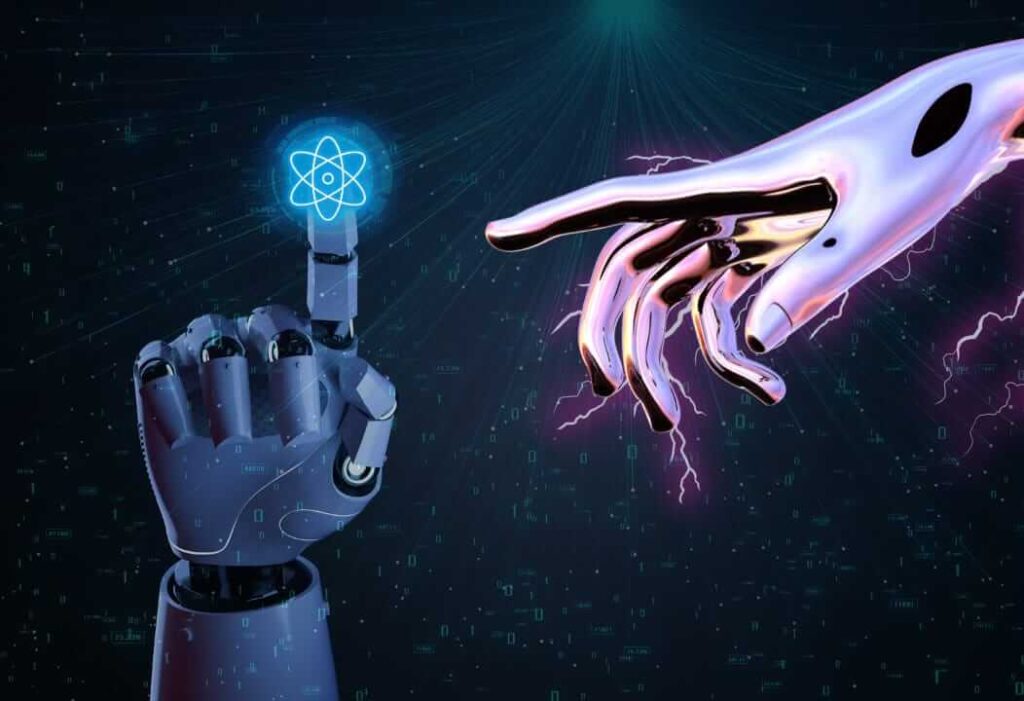Author: The Kernel & Jeff

Artificial intelligence is driving breakthroughs and efficiency gains in medicine, agriculture, and clean energy. While undoubtedly beneficial to society, AI is also a power-hungry tool. The International Energy Agency estimates that an average ChatGPT search uses 10 times more electricity than a standard Google search. The Washington Post reports that one data center complex in Iowa owned by Meta, which powers some of the company’s AI queries, consumes the annual equivalent amount of power as 7 million laptops running eight hours daily.
The sheer volume of energy needed to meet society’s AI demand is leaving regulators around the country concerned about the reliability of the grid. Dominion Power is estimating that demand will double in Virginia through 2035 as data centers and cloud computing in the Commonwealth increase. Meanwhile, PJM, the regional transmission organization (RTO) that manages much of the midwest and eastern U.S. grid, says that it will need to add 623 terawatt-hours of new generation annually—the same amount of power PJM generated in 2023—to meet its projected demand in 2040. Driving this power crunch, the RTO cites electrification, AI, and premature closures of baseload power generation.
Given the ways that AI is driving efficiencies in everyday life, including disease diagnosis and communication, it is unlikely that consumers will sacrifice using it in the name of grid reliability. While the private sector is cultivating solutions to improve energy efficiency and transmission capacity, what will ultimately be needed is more baseload power generation. As the most reliable source of energy available, carbon-free or otherwise, nuclear power is poised to meet AI’s power needs without cooking the planet.
Marrying artificial intelligence and cloud computing with nuclear energy is not a novel concept. Last year, Microsoft announced that it would develop SMRs to power its AI ambitions. In March, Talen Energy sold its 960-megawatt data center campus to Amazon Web Services (AWS) for $650 million. The 1,200-acre campus sits adjacent to and is powered by Susquehanna Steam Electric Station in Pennsylvania, a nuclear power plant that generates 2.5 gigawatts of power.
The AWS deal has catalyzed Big Tech’s interest in existing nuclear infrastructure. According to The Wall Street Journal, roughly one-third of the nation’s nuclear power plants are in talks with tech companies to provide baseload power for their operations. In addition to the Talen purchase in March, AWS is also nearing a deal with Constellation.
While some nuclear advocates have celebrated these deals, others have raised concerns that these tech companies are ‘skipping the line’ and taking valuable energy from the grid to power their operations.
Duke Energy has introduced a proposal to alleviate these worries. Under a plan unveiled in May, the Carolina utility will have power-heavy corporations bankroll the construction of dispatchable clean energy sources, such as advanced nuclear. While still in the initial stages of development, this scheme prevents electricity from being pulled from the grid while powering AI with clean, abundant energy.
A startup called The Nuclear Company (TNC) is also throwing its hat in the ring to address power shortages with nuclear power. While many federal programs and companies have bet on advanced reactor designs that have yet to be proven, TNC is looking to deploy designs that have been certified by regulators and already built at a fleet scale. As the company notes, “This design-once, build-many approach uses a proven design to deliver safe and reliable electricity at the lowest cost. While others are betting on unproven design and engineering, we’re focused on approved and licensed technology already operating in the United States.”
TNC aims to create a coalition of financial institutions, utilities, and corporations to front the steep upfront costs of nuclear power and make the energy source a more attractive investment option. The company has stated that it wants to deploy its first 6 gigawatt fleet by the mid-2030s.
While nuclear is being used to meet one of AI’s glaring needs, AI is also being used to help nuclear power. Microsoft, for instance, has developed an algorithm to help advanced reactor companies navigate and streamline the nuclear regulatory and licensing process. Meanwhile, Cameco Corporation, a Canadian uranium mining corporation, has turned to AI and automation to extract the metal. Cameco plans to invest further into AI, realizing the efficiency and safety gains realized by the technology.
Artificial intelligence is helping society achieve remarkable efficiency and productivity gains that should be celebrated. At the same time, AI’s power needs could represent a challenge to the grid that cannot be ignored. Nuclear energy is a logical partner to power AI, improve grid reliability, and reduce emissions.


